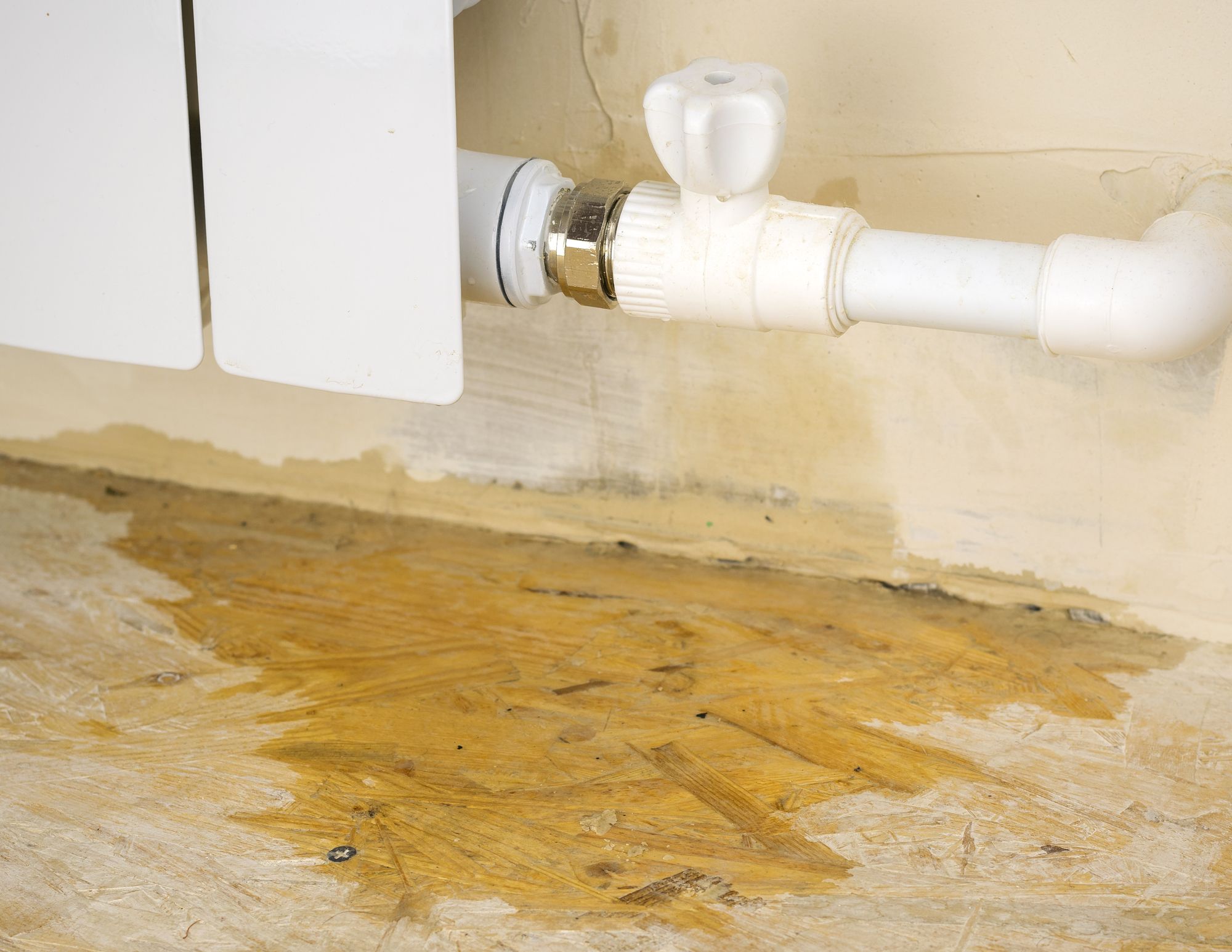How do you feel when it comes to Most Common Causes of Leaky Pipes?

Leakages not only trigger waste of water however can likewise trigger unnecessary damages to your residence as well as promote unwanted organic development. Water leakages might go undetected since most of the pipework in our house is concealed. By looking as well as recognizing for daily circumstances that create leakages, you can secure your home from future leaks and also unnecessary damages. Today, we will take a look at 6 leakage creates that might be triggering your pipes to leak.
Instant temperature level modifications.
Severe temperature modifications in our pipelines can create them to increase and get unexpectedly. This development and also contraction may cause fractures in the pipelines, especially if the temperature are below freezing. If you maintained an eye on how your plumbing works, it would certainly be best. The existence of the formerly stated conditions regularly suggests a high risk.
Corroded water systems
As time passes by, your plumbing system ages as well as corrosion such as rust may begin gnawing the pipelines. This might be the source of staining or warping on your water pipes. This calls for an inspection with your plumber promptly. If our plumbing system is old, think about replacing the pipes considering that they go to a greater threat of corrosion than the newer designs.
Malfunctioning Pipe Joints
The factor at which your pipes connect is often the weakest link in the waterline. Pipeline joints can deteriorate gradually, causing water leakages. Sadly, the majority of pipeline joints are not quickly visible. If you have noisy pipelines that make ticking or banging noises, especially when the warm water is turned on, your pipe joints are possibly under a lot of pressure. It is recommended to have your plumber evaluate your system once a year.
Elbowing in roots
Many water leaks start outside your home rather than inside it. If you see an abrupt decline in water pressure, state in your tap, require time to head out as well as analyze your backyard. You could discover wet spots or sinkholes in your lawn, and that might mean that tree roots are getting into water lines triggering water to seep out. You can have your plumber look for intrusion, especially if you have trees or hedges near your building.
Poor Water Connectors
At times, a leakage can be created by loose hose pipes and also pipes that supply your devices. In case of a water connections leak, you may discover water running directly from the supply line or pools around your appliances.
Obstructed Drains
Blocked drains might be frustrating and inconveniencing, yet they can sometimes end up creating an overflow causing rupture pipes. Maintain eliminating any products that might drop your drains pipes that could obstruct them to stay clear of such troubles.
All the above are sources of leakages but not all water leaks arise from plumbing leakages; some leakages could originate from roof leaks. All leakages should be repaired quickly to stay clear of water damage.
Leaks not only create waste of water but can additionally create unnecessary damage to your home and advertise undesirable natural development. By looking and comprehending for day-to-day circumstances that create leakages, you can shield your home from future leaks and unnecessary damage. Today, we will look at six leak creates that may be causing your pipes to trickle.
At times, a leak can be triggered by loosened hoses as well as pipes that provide your home appliances. In situation of a water connections leakage, you may observe water running straight from the supply line or pools around your devices.
How To Check For Water Leak In Your Home
How To Check for Leaks
The average household's leaks can account for nearly 10,000 gallons of water wasted every year and ten percent of homes have leaks that waste 90 gallons or more per day. Common types of leaks found in the home are worn toilet flappers, dripping faucets, and other leaking valves. These types of leaks are often easy to fix, requiring only a few tools and hardware that can pay for themselves in water savings. Fixing easily corrected household water leaks can save homeowners about 10 percent on their water bills.
To check for leaks in your home, you first need to determine whether you're wasting water and then identify the source of the leak. Here are some tips for finding leaks:
Take a look at your water usage during a colder month, such as January or February. If a family of four exceeds 12,000 gallons per month, there are serious leaks.
Check your water meter before and after a two-hour period when no water is being used. If the meter changes at all, you probably have a leak.
Identify toilet leaks by placing a drop of food coloring in the toilet tank. If any color shows up in the bowl after 10 minutes, you have a leak. (Be sure to flush immediately after the experiment to avoid staining the tank.)
Examine faucet gaskets and pipe fittings for any water on the outside of the pipe to check for surface leaks.
Undetected water leaks can happen without the home or business owner even realizing. If you suspect a water leak, but not able to find the source. It is time to contact a professional water leak detection service, The Leak Doctor.
How To Find a Water Leak In Your Home
https://www.leakdoctor.com/blog/How-To-Check-For-Water-Leak-In-Your-Home_AE197.html

Do you like more info about Common Water Leaks In House? Write feedback down the page. We'd be interested to know your opinion about this content. Hoping that you come back again before long. Feel free to take the time to share this blog if you liked it. Kudos for your time. Don't hesitate to come by our website back soon.
Toilet overflow? Dial!
Comments on “Spot Major Triggers for Leak Problems Inside Your Home”